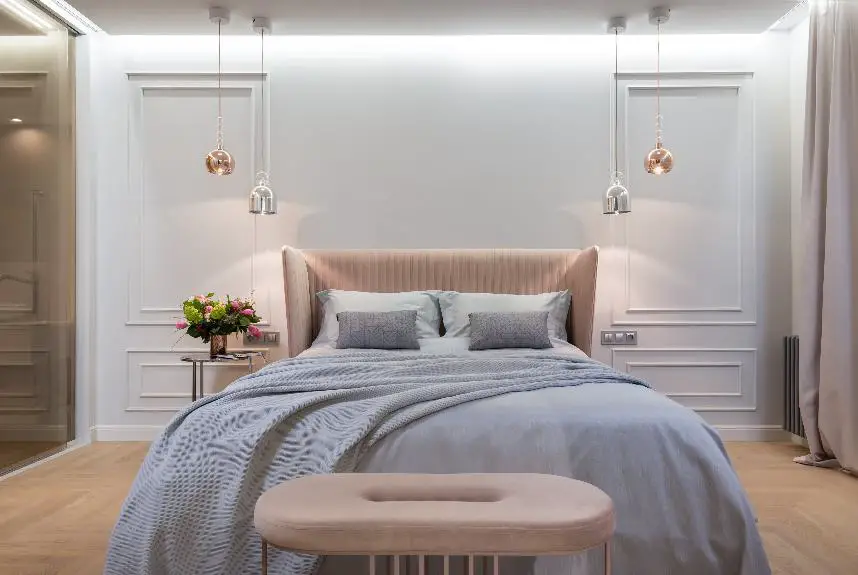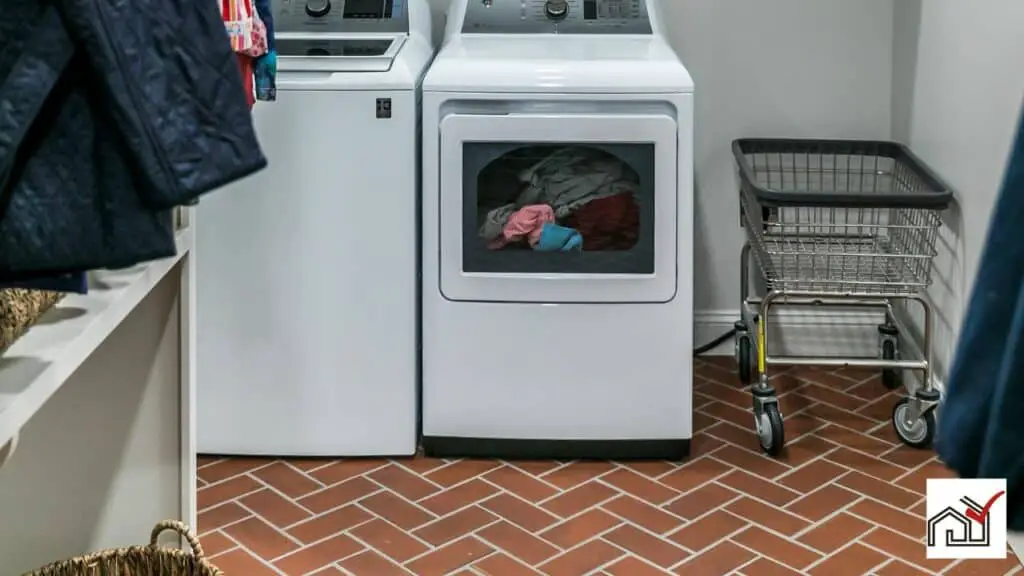A den is not typically considered a bedroom in real estate and architecture. A bedroom must meet certain legal requirements, including size, a way to exit, and features that support sleep and privacy.
In contrast, a den is a versatile room used for activities like leisure or work and may not have bedroom-specific characteristics. This difference affects property value, compliance with laws, and design.
It's important for homeowners, real estate agents, and designers to recognize what makes a bedroom legally distinct from a den to understand its effect on property use and value.
Defining a Bedroom Legally
A legally defined bedroom must adhere to certain building code requirements pertaining to size, exits, and features to ensure safety and suitability for sleeping. The room typically must be at least 70 square feet with additional space required for more occupants.
The room should have at least one window for natural light and emergency egress. While built-in closets are common, they are not mandatory in all areas. Check local codes for specifics.
The bedroom should be accessible from common areas and have a door for privacy. Compliance with local regulations is necessary for a room to be officially considered a bedroom, impacting property sale or rental listings.
Essential Bedroom Features
A bedroom is defined by certain key features: it must have a door for privacy, at least one window for emergency exit, and must meet size standards according to local building codes. These codes ensure that a bedroom is suitable for sleeping, safe, and comfortable.
The window in a bedroom provides natural light, ventilation, and a means of escape in an emergency. The door offers privacy and security. The size requirements set by local codes ensure that the room is adequately spacious for its intended use.
While built-in closets are common in bedrooms, their absence does not necessarily prevent a room from being classified as a bedroom, as long as it meets the other required criteria such as size and having two forms of egress.
Dens differ from bedrooms as they lack these essential features. Knowing these bedroom requirements is important for homeowners and buyers when assessing the function and value of a room.
Understanding a Den's Purpose
A den serves a different function in a home compared to a bedroom. A bedroom is designed for sleeping and must meet specific building codes, such as having a closet and a window. In contrast, a den is a flexible space that can be used for various activities such as reading, playing games, spending family time, or doing crafts. Dens do not require natural light, which means they can be located in areas without windows and are not legally classified as bedrooms because they lack features like egress windows and closets.
Homeowners often use dens as offices, taking advantage of the privacy they provide for work or study. The den's location away from the busier parts of the house makes it a good spot for focus and productivity. In homes with a 'one-bedroom plus den' layout, the den can also be used for guests, dining, or entertainment, offering an additional space that can be customized according to the owner's needs.
A den is valuable for its versatility and adaptability within a home.
Legal Implications of Mislabeling
Mislabeling a room as a bedroom when it doesn't meet certain criteria can result in legal issues such as fines and the need for expensive changes to comply with building codes. A room must meet local codes for space, ventilation, and exits to be called a bedroom. For example, some codes require a minimum size of 70 square feet for a bedroom.
Strict local rules ensure resident safety and impact property value and sale potential. A den labeled as a bedroom that lacks proper light, air, and escape routes can mislead buyers or renters, leading to possible legal action.
The consequences of wrong room labels go beyond fines. A room that doesn't fit a buyer's bedroom standards can devalue the property, known as functional obsolescence. Appraisers and real estate professionals consider local codes and market expectations when assessing property value. Incorrect labels can cause problems during sales or refinancing as accurate living space descriptions are essential in real estate deals.
Sellers, agents, and landlords must label rooms correctly to avoid mislabeling issues.
Designing a Den for Versatility
To design a versatile den, it's important to plan the layout and choose furnishings that enable the room to serve multiple purposes, such as entertainment, relaxation, and work.
Start by placing an area rug to define the space and provide warmth.
A central coffee table can be used for various activities, from serving refreshments to being a work surface.
Opt for two chairs instead of a sofa to offer flexible seating arrangements that can be adjusted as needed.
Side tables can offer additional surface space without occupying too much room.
Include storage solutions like ottomans with storage or shelving units to keep the space tidy, ensuring it can easily switch between uses.
The goal is to select furniture that is both practical and adaptable, enabling the den to meet changing needs and preferences.
Converting a Den Into a Bedroom
To convert a den into a bedroom, one must first ensure the space meets the local building code requirements for size, including ceiling height and floor area. The room must have an emergency egress window that fits code specifications for size and height from the floor, providing a safe exit, natural light, and ventilation.
Although not mandatory, adding a closet is advisable for storage and to meet traditional bedroom expectations.
Furthermore, the conversion should include measures for privacy and comfort, such as soundproofing, and the installation of proper lighting and electrical outlets.
Adherence to local codes is crucial to make the space legal, comfortable, and functional for its occupants.
Impact on Property Value
Converting a den into a bedroom can significantly affect property value if the room meets local market and regulatory standards for a bedroom. Bedrooms typically have higher valuations because they offer more utility and are attractive to buyers. Features like closets are common in bedrooms and contribute to their functionality and appeal.
Local building codes are crucial in defining a bedroom. These codes may require a certain size, ways to exit the room, or a built-in closet. If a den does not have these features, it may not qualify as a bedroom according to local codes, which could decrease the property value. If a den has the necessary features and meets local codes, it could increase the property's value.
A window is also important for a room to be considered a bedroom, as it provides natural light and ventilation. Without a window, a room might not be seen as functional, which could negatively impact property value.
Appraisers evaluate the classification and value of rooms based on local regulations, market standards, and functionality. Property valuation reflects these factors, and a den conversion that doesn't adhere to local codes and market expectations may not increase property value as much as anticipated.
Navigating Building Codes
Understanding local building codes is crucial for converting a den into a bedroom to comply with regulations and maintain property value. Local codes determine the criteria for a room to qualify as a bedroom, focusing on size, egress, ventilation, and sometimes the need for closets.
A bedroom must have two exits to ensure safety during emergencies, typically a door and an appropriately sized egress window. The window should have a minimum opening of 5.7 square feet and be at least 24 inches high and 20 inches wide to allow safe exit and entry for emergency responders.
The room should be at least 70 square feet, with each dimension being no less than 7 feet, to ensure enough space for occupants. Adequate ventilation is mandatory for health and comfort.
Converting a den to a bedroom requires more than adding a bed; it involves ensuring the room meets building code standards. Non-compliance can lead to legal issues, reduced property value, and safety risks. It's important to consult local building officials or hire an architect or contractor before starting the conversion.




